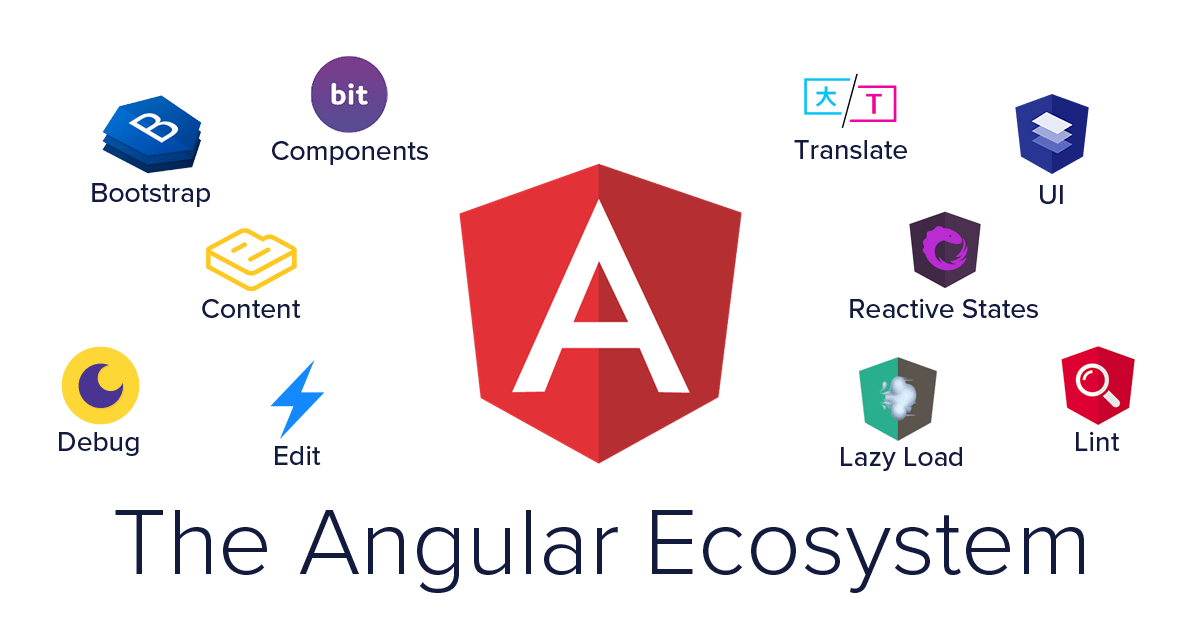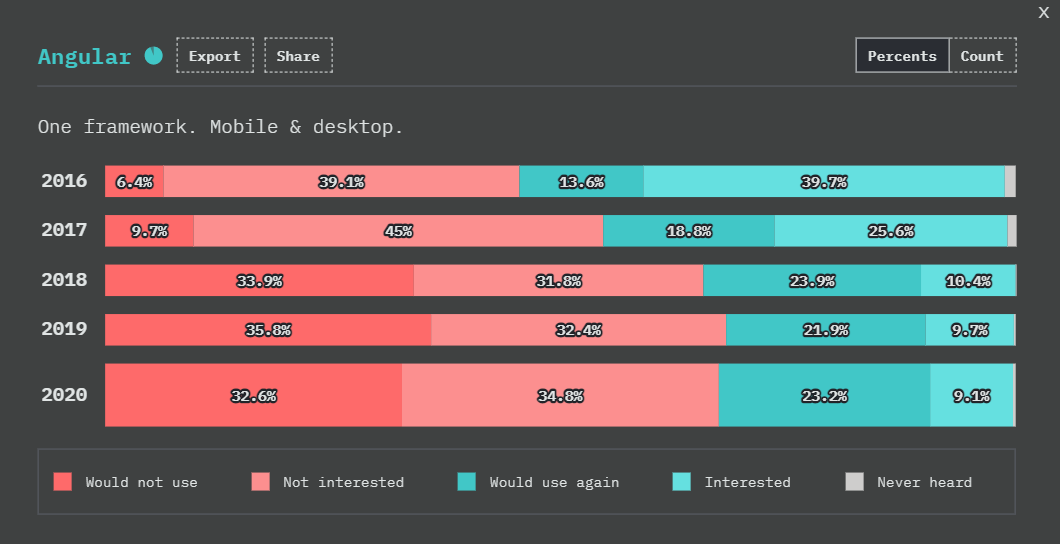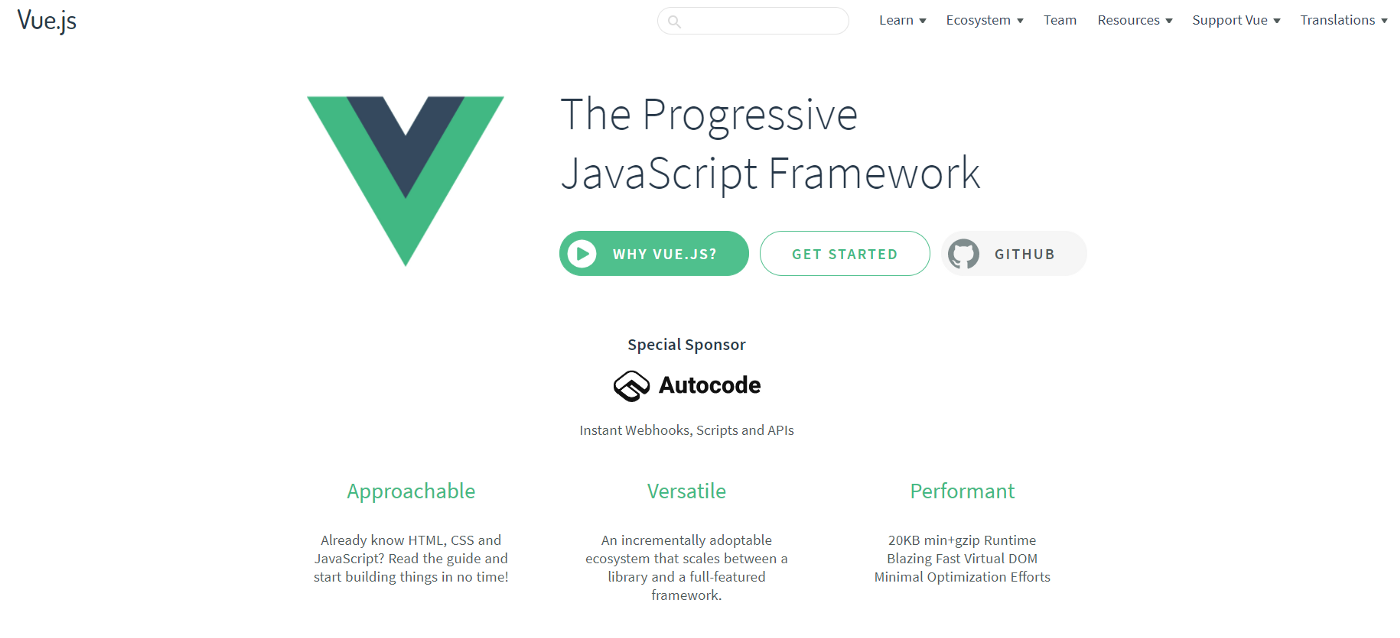

Hislordship
Top 5 JavaScript Frameworks To Learn in 2022
There were few JavaScript-based front-end frameworks available when I first started working in web development. However, things have changed dramatically, and there are now a plethora of options. Although these frameworks offer some amazing capabilities, deciding between them has become even more challenging – particularly for those who are just getting started with web development.
In this essay, I'll examine Angular, React, Vue.js, Svelte, and Preact on the basis of their benefits, drawbacks, and historical usage data.
1. React — Most Used JavaScript Frontend Library in 2022
For the past few years, React has been the frontend developer library of choice. Facebook first introduced it in 2013, and it has come a long way since then. The ability to use React for native programming is one of its main advantages. Other advantages include a strong community, Facebook support, a saturated ecosystem, improved efficiency, reusable components, and SEO friendliness.
However, its quick updating process can be a drawback for large-scale projects, as we must regularly update the projects to avoid compatibility concerns.
In the State of JS 2020 poll, React was found to be the most popular framework among all JavaScript-based frontend development frameworks.
2. Angular — Rising Up the Ranks Again With Constant Updates

An introduction to Angular is not required. Since its inception, it has consistently ranked among the top JavaScript frontend frameworks. However, with the rise of the React and Vue.js frameworks, Angular appears to have lost its status as a top JavaScript frontend application, and there is a heated debate regarding the benefits and drawbacks of learning it in 2021.
According to the State of JS 2020 poll, Angular has maintained its position as the second most popular language for the sixth year in a row.
In addition, compared to 2019, its discontent rate has fallen, but the "Interested" rate has climbed.

The ongoing updating process is the key reason for this rise. One of the most common complaints leveled against Angular in 2019 was the lack of regular updates. Since 2020, the Angular team has been releasing two major version releases per year, recognizing this necessity.
Angular had a fresh start with this new update procedure, and new developers were interested in using it to start their projects. Improved hot module replacement, TypeScript 4.0 support, and other features are included in the latest Angular version (11).
Apart from that, Angular contains capabilities such as two-way data binding, dependency injection, MVC architecture, Angular CLI, and directives, with the main drawbacks being limited SEO support and a high learning curve.
3. Vue.js — From Ordinary to Most Loved

Vue.js is a young but powerful JavaScript framework for frontend development that has quickly gained developer trust.
The success of this framework can be attributed to its small size, clear documentation, reactivity, reusability, TypeScript support, and simple learning curve. It also has a vast community of plugins, and its ability to generate static sites makes it a competitor to React.
However, for large-scale projects, its high adaptability can be a drawback.
Vue.js is the third most used frontend framework during the previous four years, according to the State of JS 2020 poll.

The graph above shows that developer interest in Vue.js has increased over time and gives us a good indication of its future.
There were discussions that Vue.js is not suitable for large-scale projects, but it has overcome these myths. I would suggest that Vue.js is suitable for any project.
4. Svelte — Most Interesting Framework of 2020
Hislordship
Hislordship is a young talented young man who seeks to explore more in this tech industry. Currently React and Django developer